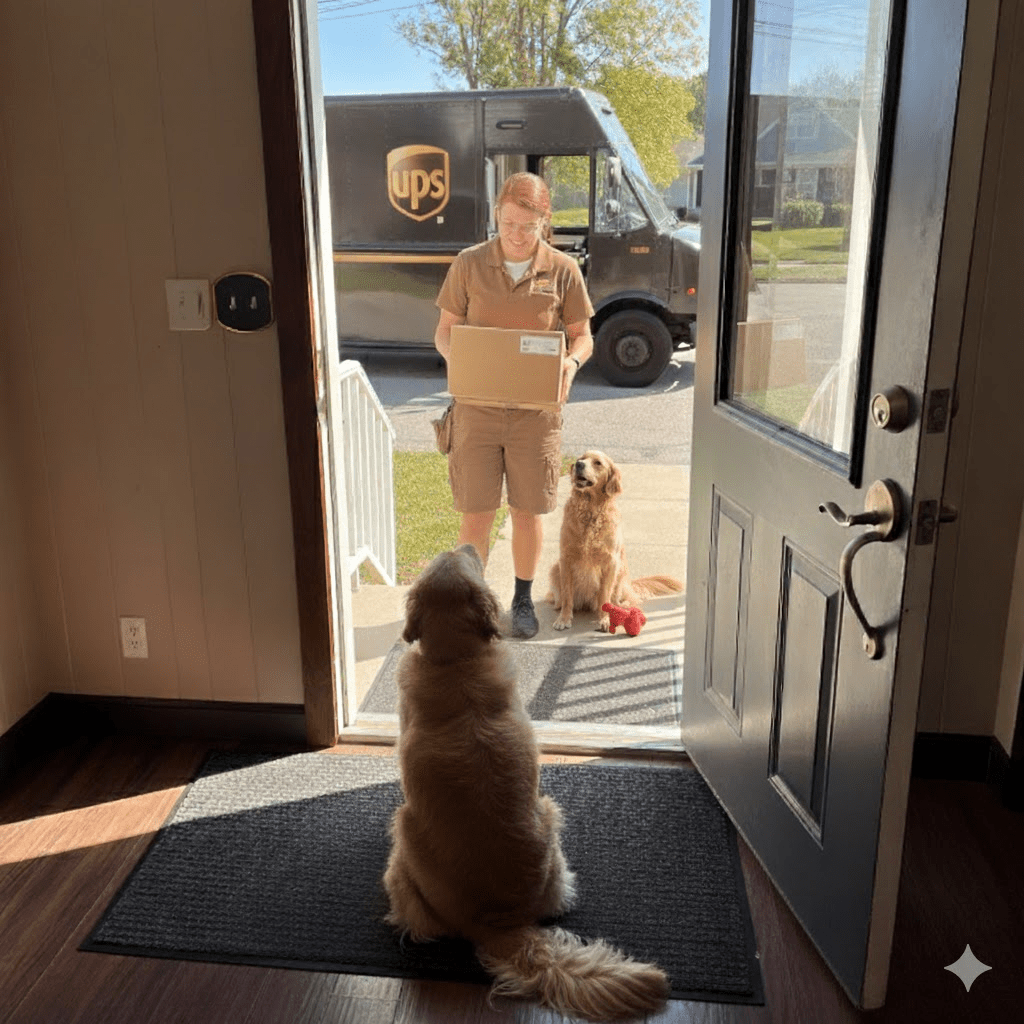In an increasingly digital world, the anticipation of a package arriving at our doorstep remains a tangible thrill. Behind every successful delivery is a dedicated individual – the delivery driver – who often goes unnoticed despite their crucial role in our daily lives. This image perfectly captures a moment of this interaction: a golden retriever, on its hind legs, eagerly observing a UPS driver approaching the door, with the distinctive brown truck visible in the background. It’s a heartwarming scene that speaks volumes about the connection formed, even briefly, between our homes and the outside world, facilitated by these essential workers. More than just delivering goods, these drivers often bring a sense of connection, convenience, and sometimes, even unexpected joy. They navigate all types of weather, challenging traffic, and tight schedules, all while ensuring our eagerly awaited items reach us safely. This daily ballet of logistics and human interaction forms the backbone of modern commerce and personal convenience.
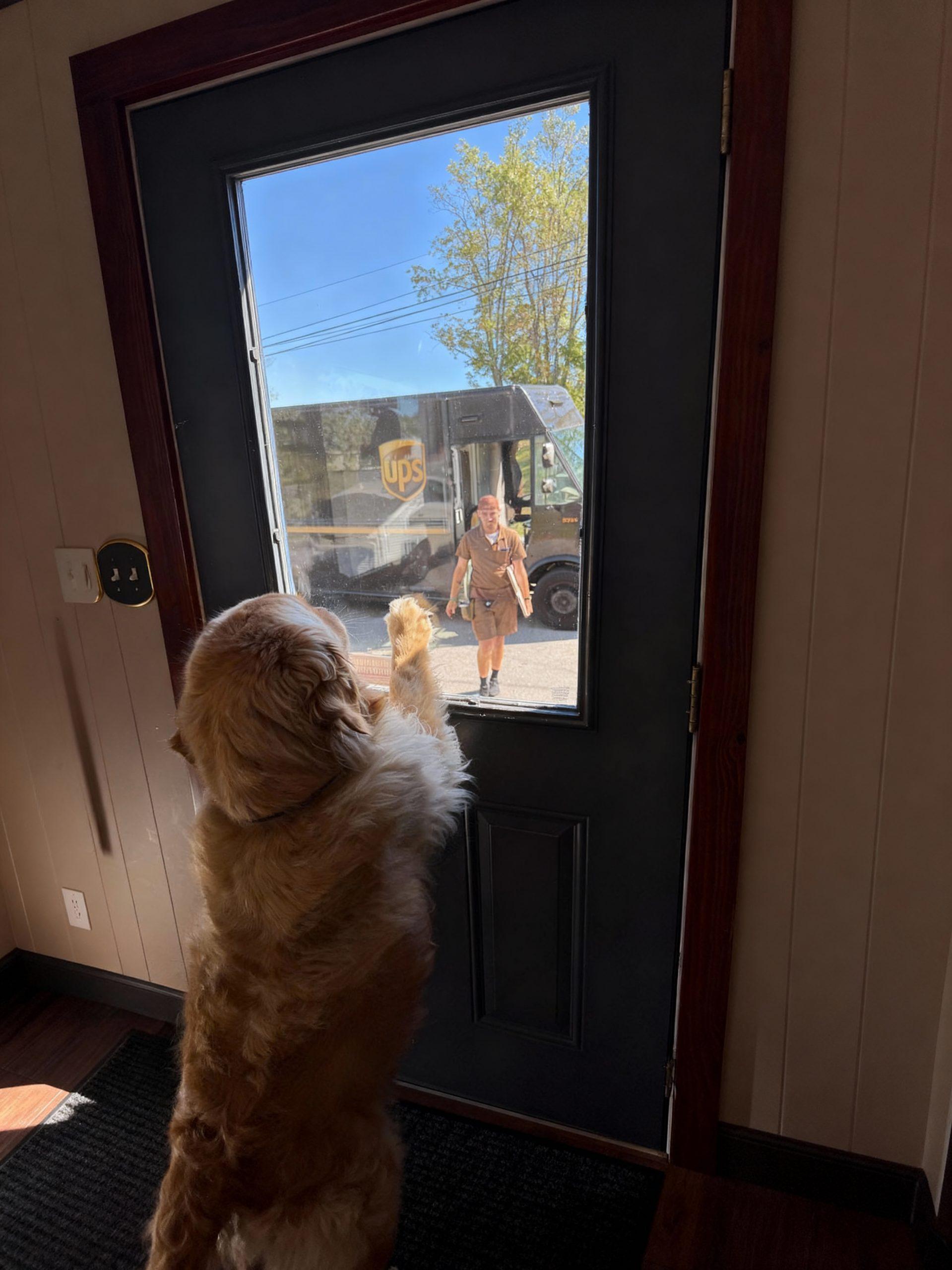
This daily interaction, often taken for granted, is a testament to the intricate network of logistics that underpins our modern economy. Delivery drivers are the front-line ambassadors of countless businesses, bridging the gap between online orders and physical possession. Their routes are meticulously planned, their vehicles packed with precision, and their days are a continuous series of stops, each representing a satisfied customer or a vital supply chain link. From urgent medical supplies to everyday household necessities, the diversity of items they handle is immense, underscoring the vital role they play in keeping society functioning smoothly.
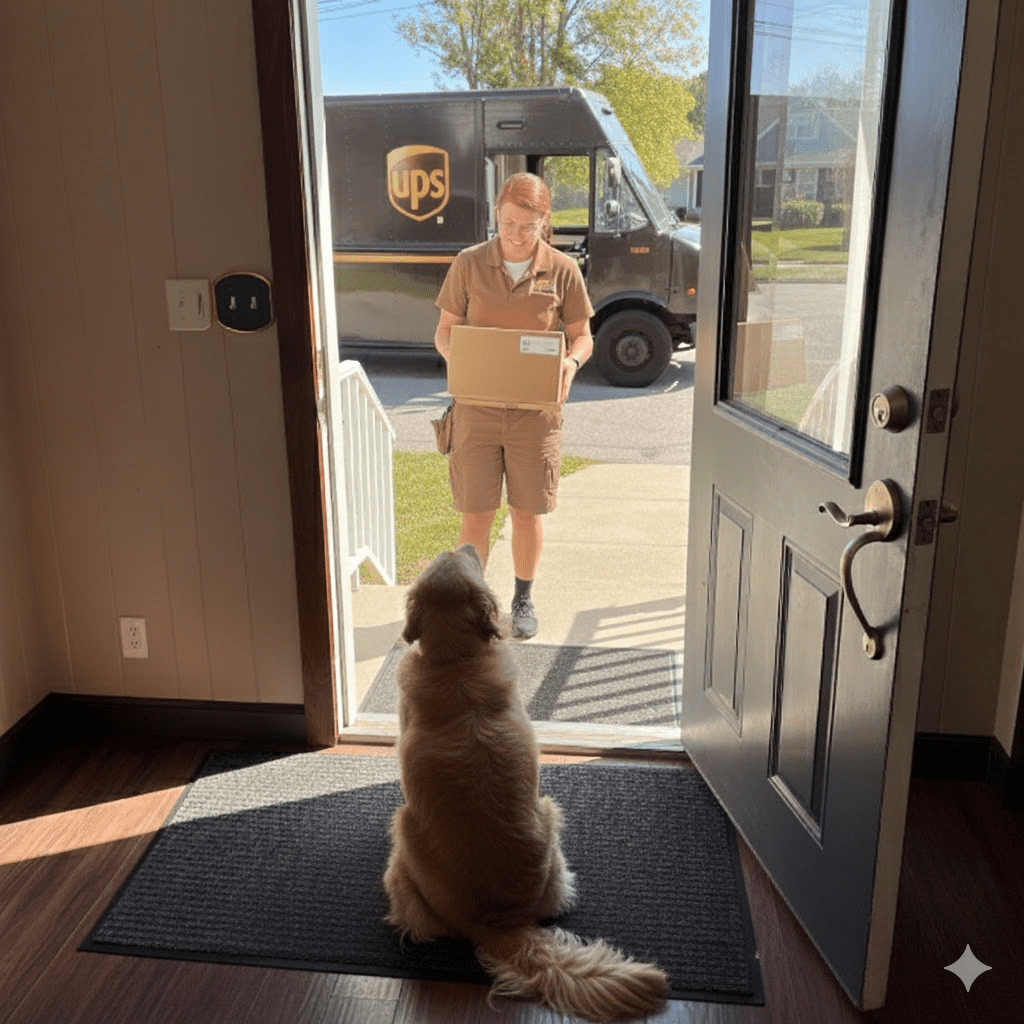
Moreover, the rise of e-commerce has drastically amplified the demand for efficient and reliable delivery services. What was once a convenience has now become an expectation, and the speed at which packages arrive can significantly influence consumer satisfaction and loyalty. Companies invest heavily in optimizing their delivery networks, utilizing advanced tracking technologies and sophisticated route-planning software to meet these growing demands. However, even with the most advanced systems, the human element—the driver’s dedication and problem-solving skills—remains irreplaceable. They are the ones who adapt to unforeseen circumstances, navigate complex delivery instructions, and ensure the final mile is completed successfully.
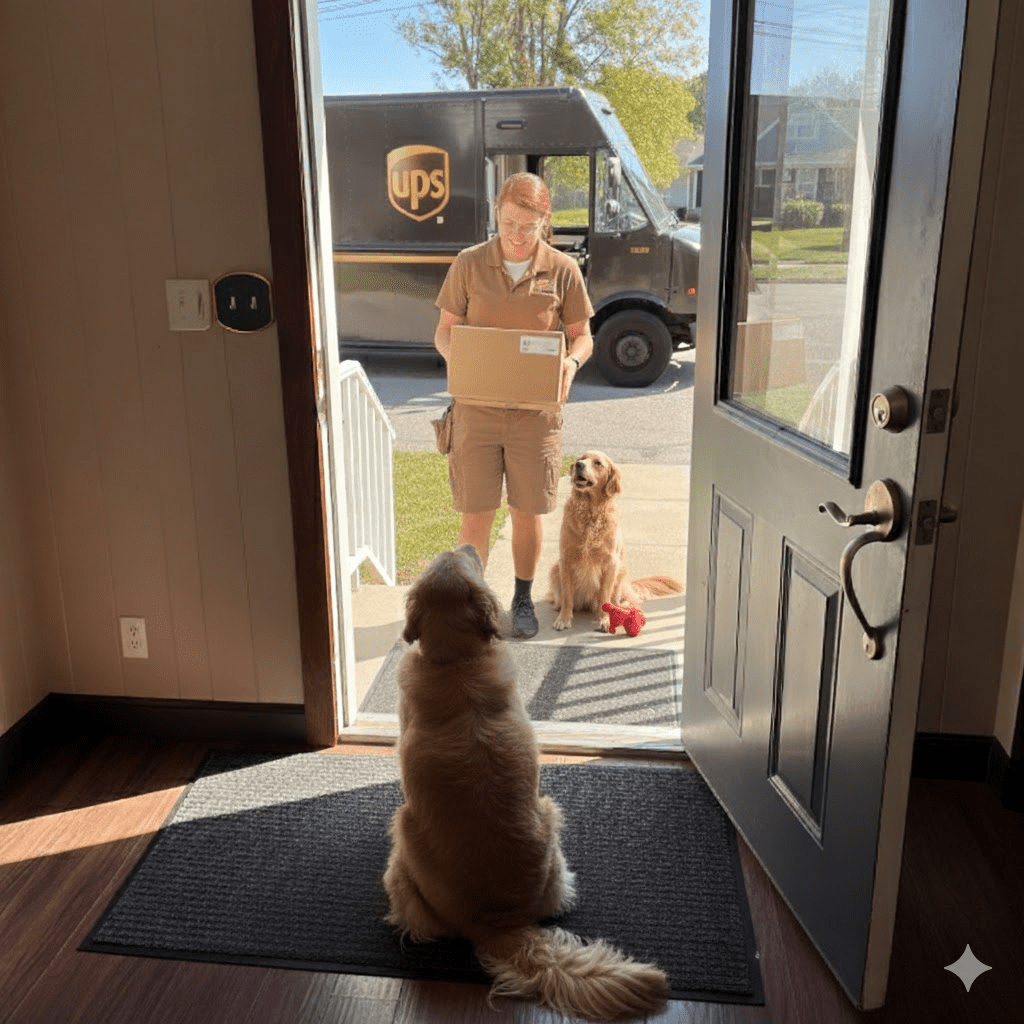
Delivery drivers are not just moving packages; they are facilitating connections. For small businesses, they are the lifeline to customers beyond their immediate geographical reach. For families, they deliver gifts that span distances, bringing loved ones closer. For individuals, they provide access to goods and services that might otherwise be unavailable or difficult to obtain. Their presence on our streets and at our doors is a symbol of a dynamic and interconnected world, making global marketplaces accessible at a local level.
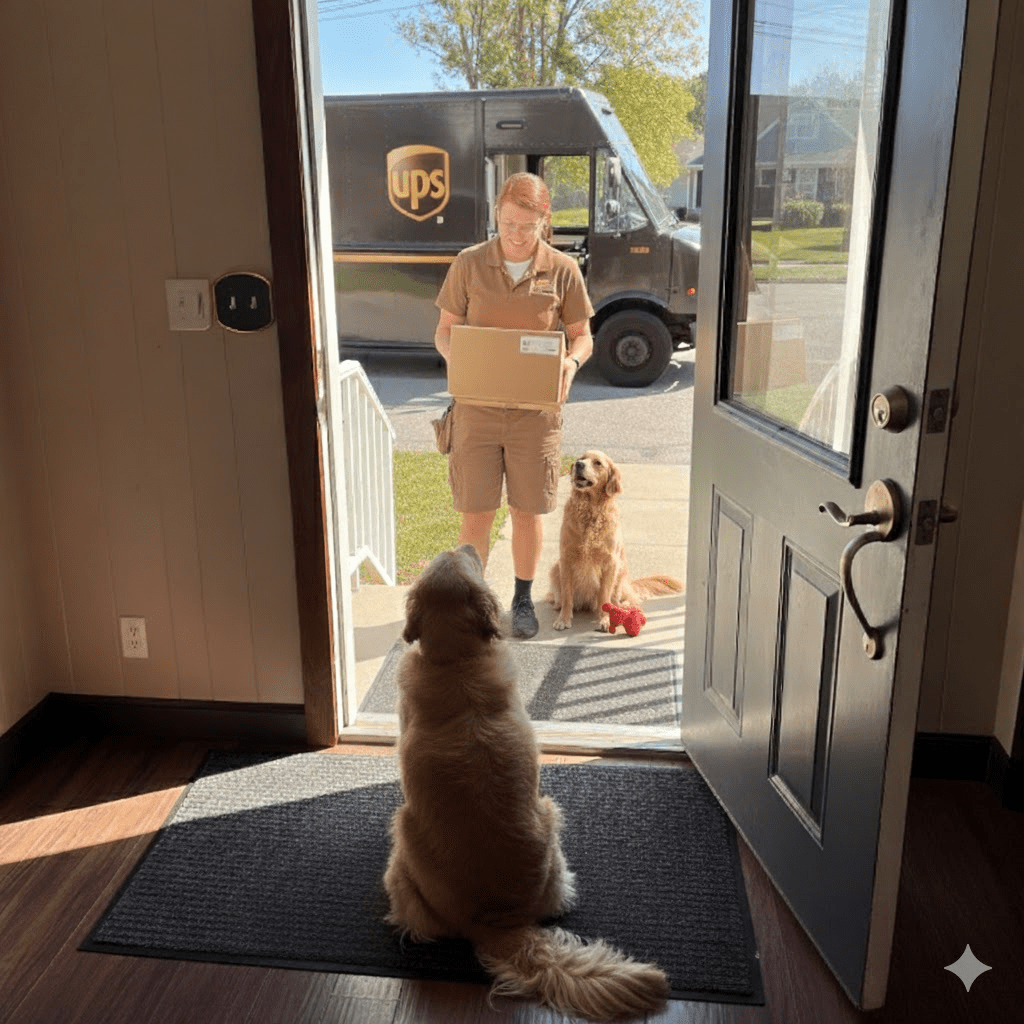
Despite the crucial nature of their work, delivery drivers often face considerable challenges. Their jobs demand physical stamina, mental agility, and resilience. They navigate adverse weather conditions, heavy traffic, and the pressure of tight schedules. The public interaction, while often positive, can also present its own set of complexities, requiring excellent communication and problem-solving skills. Recognizing these daily hurdles helps to foster a greater appreciation for the individuals who ensure our packages arrive safely and on time.
